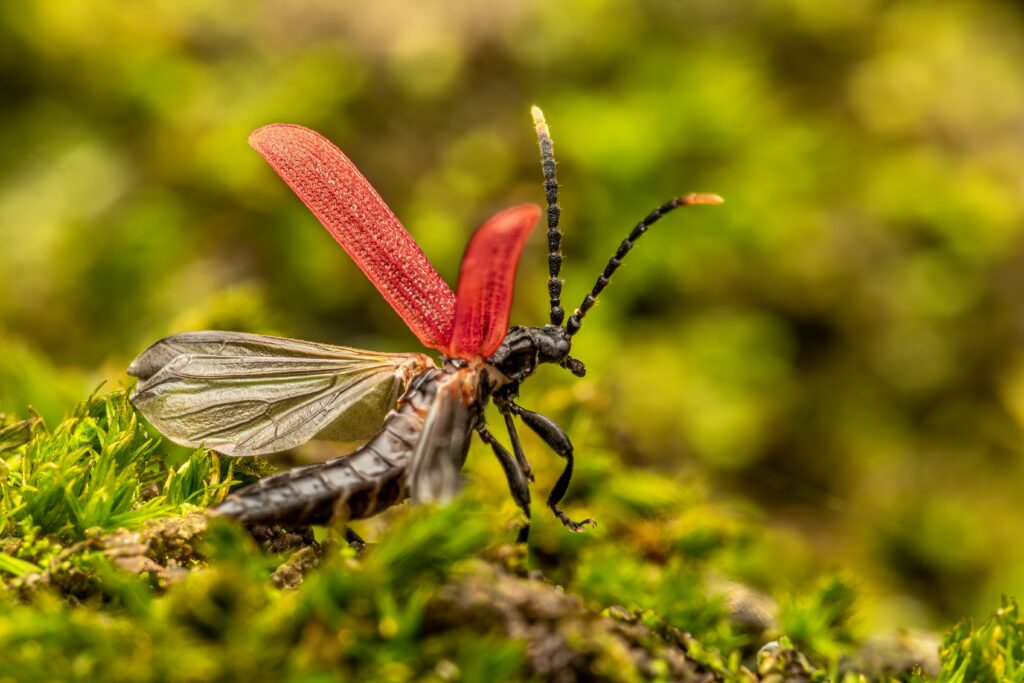Introduction to Bioelectricity in Insects
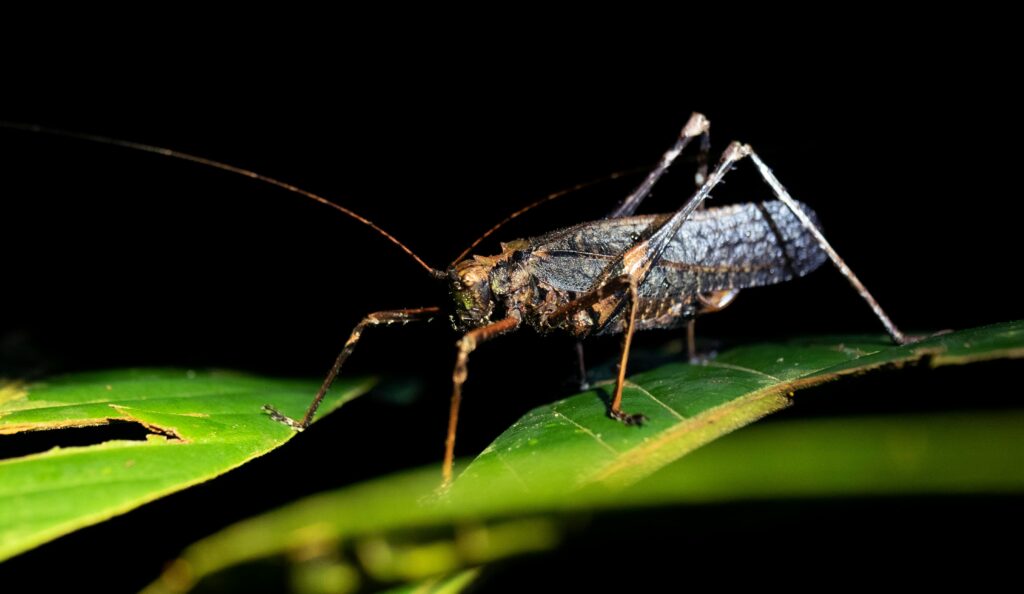
In the vast and diverse world of insects, there exists a remarkable phenomenon that has captured the attention of scientists and engineers alike – the ability of certain insects to generate electricity. This biological electricity generation, often termed bioelectricity, represents one of nature’s most fascinating adaptations. While many organisms produce small electrical currents as part of their normal biological functions, some insects have evolved specialized mechanisms that generate significantly higher electrical potentials. These extraordinary creatures are not only biological marvels but also potential inspirations for sustainable energy solutions and innovative technologies. As we explore this electrifying topic, we’ll discover how these tiny powerhouses could potentially impact our approach to renewable energy.
The Electric Click Beetle (Pyrophorus noctilucus)
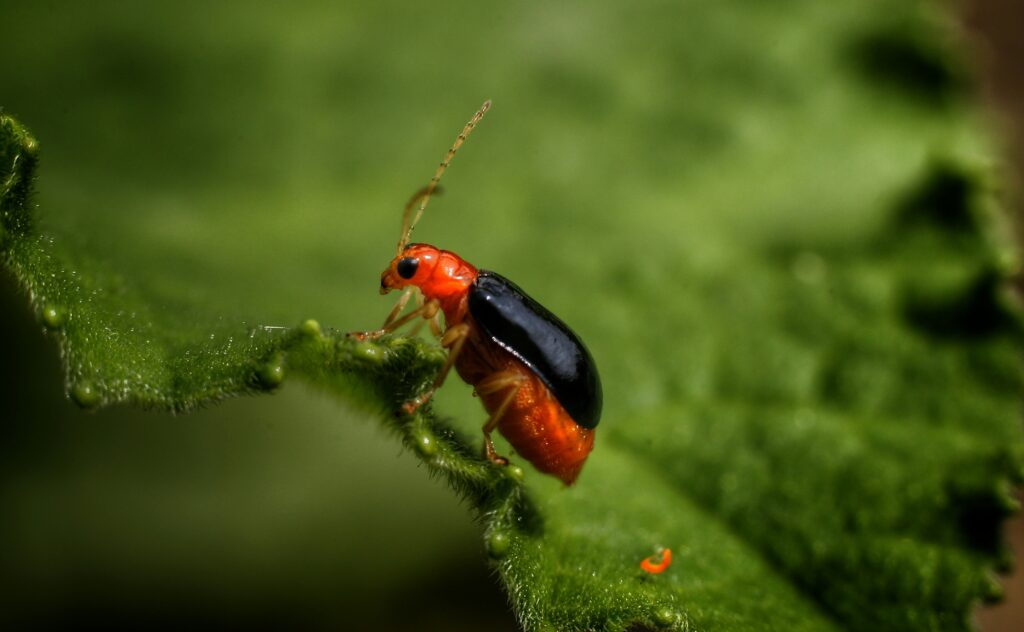
Perhaps the most famous electricity-generating insect is the Electric Click Beetle (Pyrophorus noctilucus), native to tropical regions of the Americas. These remarkable beetles can generate voltages of up to 0.8 volts through specialized bioluminescent organs called photophores located on their thorax. The beetle’s electrical generation is tied to its distinctive clicking mechanism, which allows it to launch itself into the air when threatened. This clicking action creates a rapid release of stored elastic energy that produces not only mechanical movement but also an electrical potential difference. Scientists have measured electric currents from these beetles reaching up to 100 microamperes, which, while small by human technological standards, is impressive for an organism only a few centimeters long.
The Science Behind Insect Bioelectricity
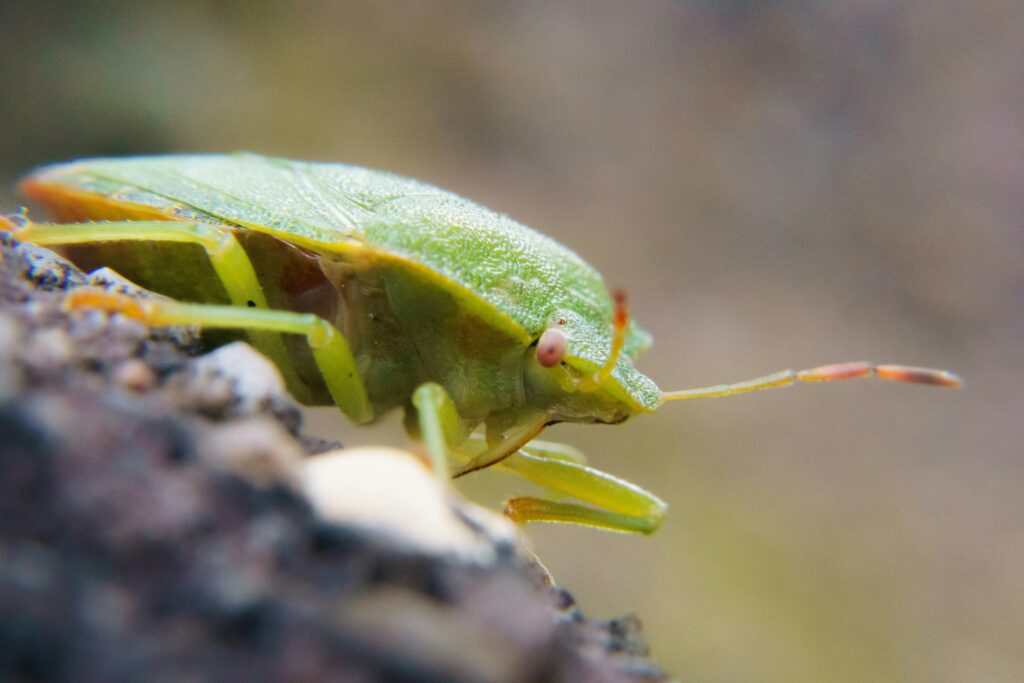
The electrical generation in insects stems from fundamental electrochemical processes occurring at the cellular level. Most insect bioelectricity originates from ion concentration gradients across cell membranes, particularly involving potassium, sodium, and calcium ions. These ions create potential differences that can be harnessed through specialized tissues evolved specifically for electrical generation. In electricity-producing insects, specialized cells called electrocytes function similarly to the cells in batteries, with each cell adding to the total voltage output. The arrangement of these cells in series allows insects to produce higher voltages than would be possible from a single cell. Additionally, some insects possess protein structures that function as biological semiconductors, facilitating the directional flow of electrical current through their bodies.
The Oriental Hornet’s Solar Power Capabilities
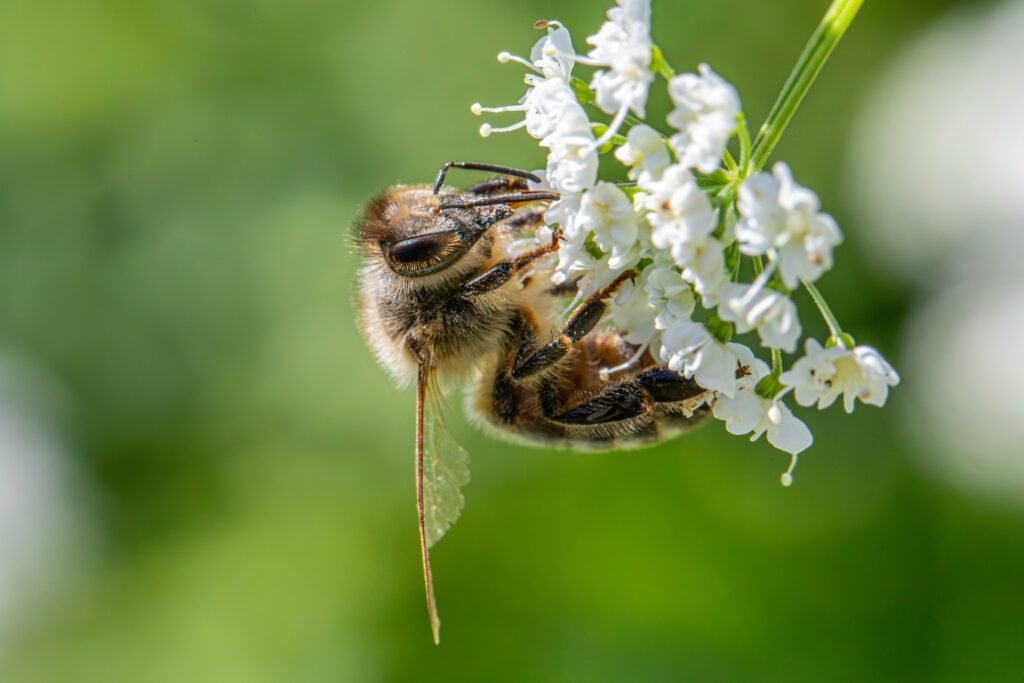
The Oriental hornet (Vespa orientalis) represents one of the most fascinating examples of insect electricity generation through its ability to convert light energy to electrical energy. Unlike many insects that become less active in intense sunlight, Oriental hornets actually increase their activity during the hottest hours of the day. Research published in the journal Naturwissenschaften revealed that the yellow bands on the hornet’s abdomen contain the pigment xanthopterin, which functions as a natural photovoltaic cell. These specialized structures can convert light energy into electrical energy with remarkable efficiency, generating a potential difference of about 200-300 millivolts. This solar-harvesting capability helps explain why these hornets are most active during peak sunlight hours and provides valuable insights for biomimetic solar technology development.
Electric Butterflies: Wing-Generated Electricity
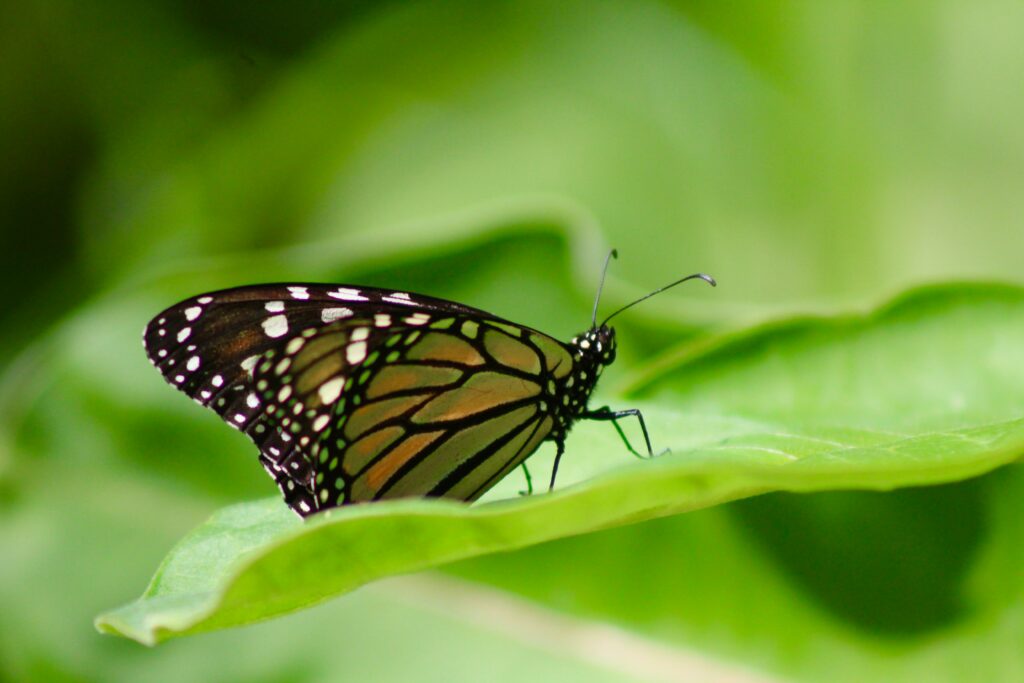
Certain butterfly species demonstrate an unusual ability to generate electrical charges through the movement of their wings. This phenomenon, known as triboelectric generation, occurs when different materials rub against each other, causing electrons to move from one surface to another. The scales on butterfly wings are composed of chitin and proteins that create an electrical charge when they flutter against air molecules. Research conducted at the University of California found that some butterfly species can generate up to 1,000 volts per square centimeter of wing surface, though at extremely low currents. This electrical capacity may play a role in pollination, as the slight charge helps pollen grains adhere to the butterfly’s body during flower visits, enhancing their effectiveness as pollinators.
Bombardier Beetles and Their Explosive Electricity

The bombardier beetle (Brachinus species) generates electricity through a remarkable defensive mechanism that involves a controlled chemical explosion. When threatened, these beetles mix hydroquinones and hydrogen peroxide from separate abdominal chambers, catalyzing the reaction with enzymes to create a boiling, caustic spray that can be directed at predators. During this explosive reaction, researchers have measured significant electrical potentials, with voltage spikes reaching up to 0.5 volts. The rapid oxidation reaction creates not only heat (the expelled liquid reaches 100°C) but also an electrical charge differential across the reaction chambers. This electrical component of the beetle’s defense system represents an impressive example of bioelectrochemical engineering that scientists are studying for applications in microfluidic devices and miniature power sources.
Fireflies: Bioluminescence and Electrical Generation
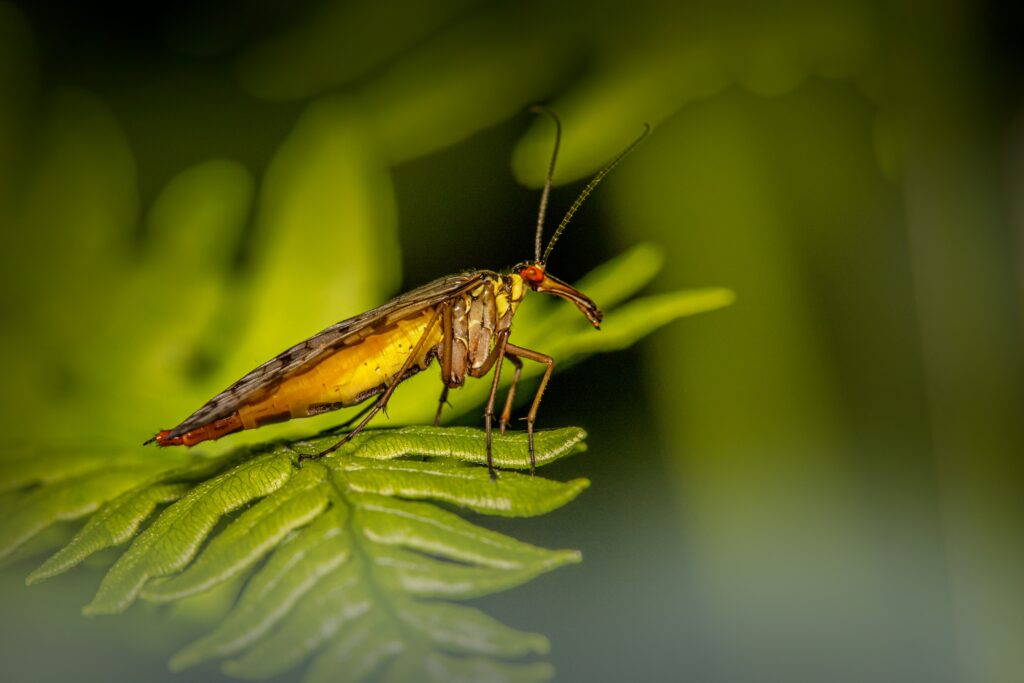
Fireflies (family Lampyridae) are renowned for their bioluminescent displays, but less known is the electrical component of their light-producing mechanism. The light-producing organs of fireflies contain specialized cells that generate electrical potentials to trigger the bioluminescent reaction. This process involves the enzyme luciferase acting on the compound luciferin in the presence of oxygen and ATP, producing light with nearly 100% efficiency (compared to incandescent bulbs that waste most energy as heat). Research at Tokyo University has demonstrated that fireflies generate microelectric currents of 10-20 microamperes during their flashing, with voltage differentials of approximately 0.1-0.3 volts across their light organs. The precise electrical control allows for the synchronized flashing observed in some firefly species, creating one of nature’s most spectacular displays of bioelectricity in action.
The Electric Potential of Honeybee Colonies
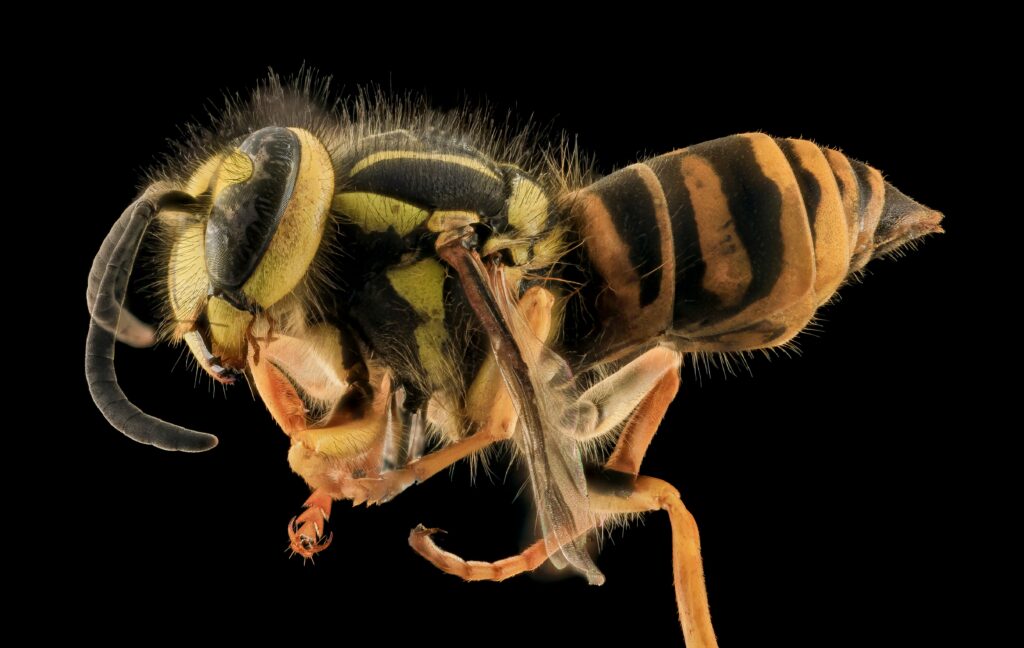
Honeybee (Apis mellifera) colonies generate significant electrical fields through collective activity and specialized adaptations. Individual bees develop positive electrical charges of up to 450 volts through flight and movement, as their wings and body parts rub against air molecules. When thousands of bees congregate in a hive, the cumulative electrical effect creates a measurable electrical field surrounding the colony. This electrical phenomenon serves multiple functions, including helping bees detect the electrical status of flowers they’ve visited and aiding in communication through the famous “waggle dance.” Researchers at the University of Bristol discovered that bees can sense the electrical status of flowers, allowing them to determine which blooms have been recently visited by other pollinators and therefore might have reduced nectar rewards, demonstrating a sophisticated use of bioelectricity in foraging behavior.
Parasitic Insects with Electric Sensing Abilities
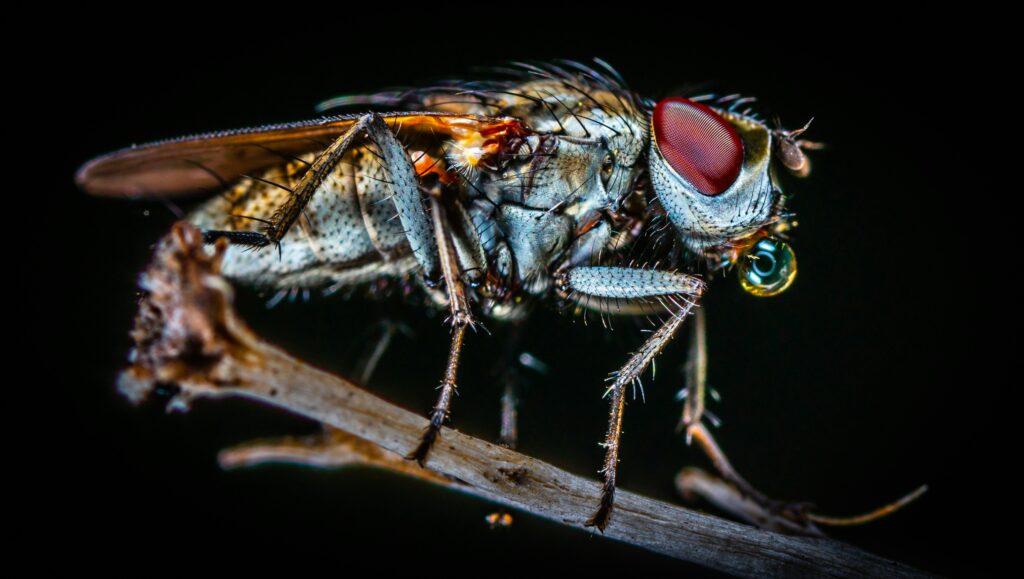
Some parasitic insects have evolved extraordinary electrical sensing capabilities that, while not generating significant electricity themselves, demonstrate advanced bioelectrical adaptation. The assassin bug (Rhodnius prolixus), for example, can detect the faint electrical fields generated by mammalian hearts and nervous systems to locate hosts. These bugs possess specialized sensory organs called electrolocation receptors that can detect voltage differences as small as 1 microvolt. Some parasitic wasps have similar abilities, using electrical sensing to locate host insects concealed within plant tissues or soil. This remarkable sensitivity represents one of the most sophisticated bioelectrical sensing systems in the animal kingdom and has inspired developments in ultra-sensitive electrical sensors for medical applications and security systems.
Technological Applications Inspired by Electric Insects
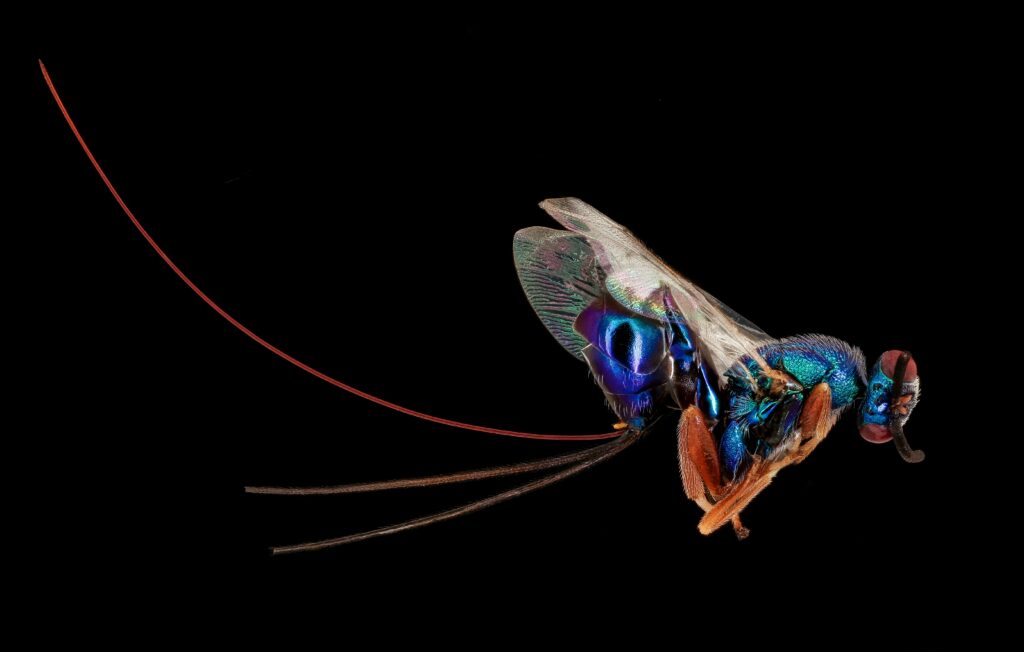
The unique electrical properties of insects have inspired numerous technological innovations across various fields. Engineers at Stanford University have developed micro-robotic systems based on the electric click beetle’s jumping mechanism, creating devices capable of leaping over obstacles many times their height. The Oriental hornet’s photovoltaic capabilities have influenced new designs for solar cells that can function efficiently at multiple light wavelengths. Triboelectric generators based on butterfly wing principles are being developed for harvesting energy from walking, wind, and other mechanical movements. Perhaps most promising are biomedical applications, where the bombardier beetle’s controlled microexplosions have inspired new drug delivery systems that can precisely release medications at specific sites in the human body through electrically triggered mechanisms.
Research Challenges in Studying Insect Bioelectricity

Despite significant advances, researchers studying insect bioelectricity face considerable challenges. The extremely small scale of insect anatomical structures requires specialized equipment capable of detecting and measuring minute electrical currents without disrupting normal insect physiology. Creating non-invasive monitoring systems that don’t affect the insects’ natural behaviors remains difficult, often requiring custom-built microelectrodes and ultra-sensitive voltmeters. Environmental factors such as humidity, temperature, and electromagnetic interference can significantly impact measurements, necessitating carefully controlled laboratory conditions. Additionally, the rapid temporal dynamics of some insect electrical phenomena—occurring in milliseconds—require sophisticated high-speed measurement techniques. These technical challenges explain why, despite decades of interest, our understanding of insect bioelectricity remains incomplete with many promising research directions still to be explored.
The Future of Insect-Inspired Energy Harvesting

The future of energy technology may be significantly influenced by our growing understanding of insect bioelectricity. Research teams at the University of Michigan and Tokyo Institute of Technology are developing “insect biobatteries” that can harness the natural biochemical processes of insects to generate electricity. These systems could potentially power miniature sensors and medical implants using glucose and other biological fuels. Meanwhile, engineers at Cornell University are creating hybrid systems that directly tap into insect nervous systems to generate power from their natural movements, potentially creating partially living power sources for distributed sensor networks. The U.S. Department of Energy has funded several projects exploring scaled-up versions of insect electrical generation principles for applications in waste heat recovery and mechanical energy harvesting. As these technologies mature, we may see insect-inspired energy solutions moving from laboratory curiosities to practical applications in fields ranging from environmental monitoring to personal electronics.
Conservation Implications for Electric Insects
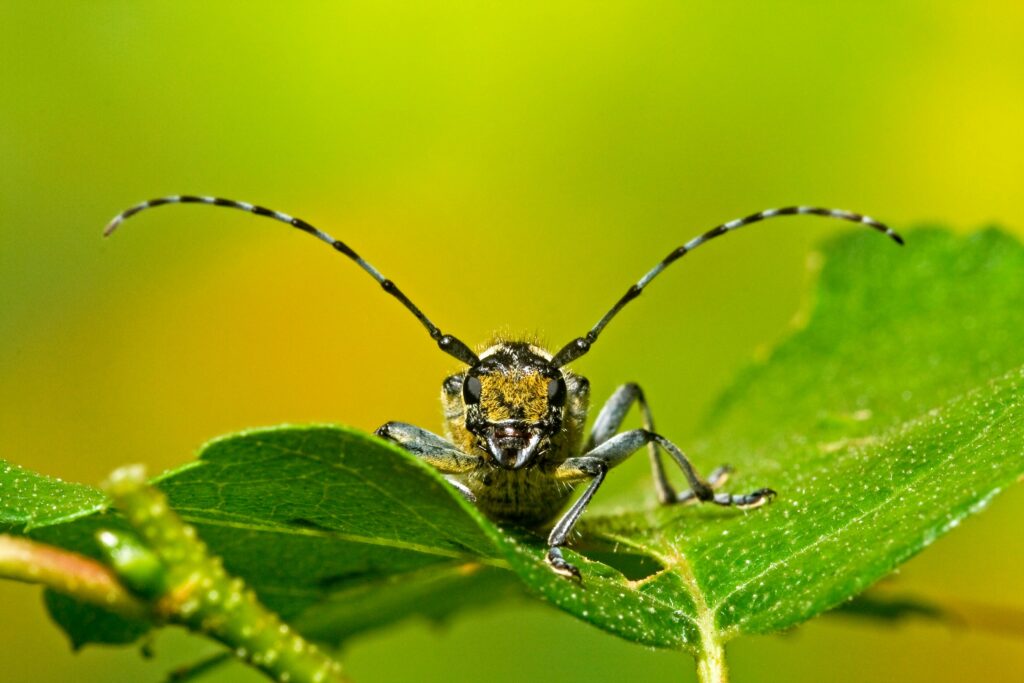
The unique electrical properties of certain insect species add another dimension to conservation concerns as these specialized adaptations could be lost through habitat destruction and climate change. Many electricity-generating insects inhabit specific ecological niches that are under threat from human activity. The Electric Click Beetle, for instance, depends on the decaying wood of specific tree species in tropical forests that are rapidly disappearing. Light pollution poses a particular threat to bioluminescent and electrically sensitive insects, disrupting their natural behaviors and reproductive cycles. Conservation biologists are increasingly advocating for the protection of these specialized insects not only for their ecological value but also for their potential contributions to technological innovation. Some conservation programs now specifically focus on preserving habitats that support insects with unusual electrical capabilities, recognizing their value as models for sustainable energy solutions.
Conclusion: The Electrifying Potential of Insect Research

The remarkable ability of certain insects to generate electricity represents one of nature’s most fascinating evolutionary innovations, offering valuable insights for both biological understanding and technological development. As we continue to study these tiny electrical powerhouses, we discover not just the mechanisms behind their capabilities but also potential applications that could help address some of humanity’s most pressing challenges in energy production and sustainability. The convergence of entomology, electrical engineering, and materials science in this field demonstrates how interdisciplinary research can unlock nature’s secrets for human benefit. While the electricity generated by a single insect may seem insignificant, the principles behind these natural systems could eventually lead to transformative technologies that harness energy more efficiently and sustainably. In the humble insect, we find not only biological marvels but also inspiration for a more energy-efficient future.

